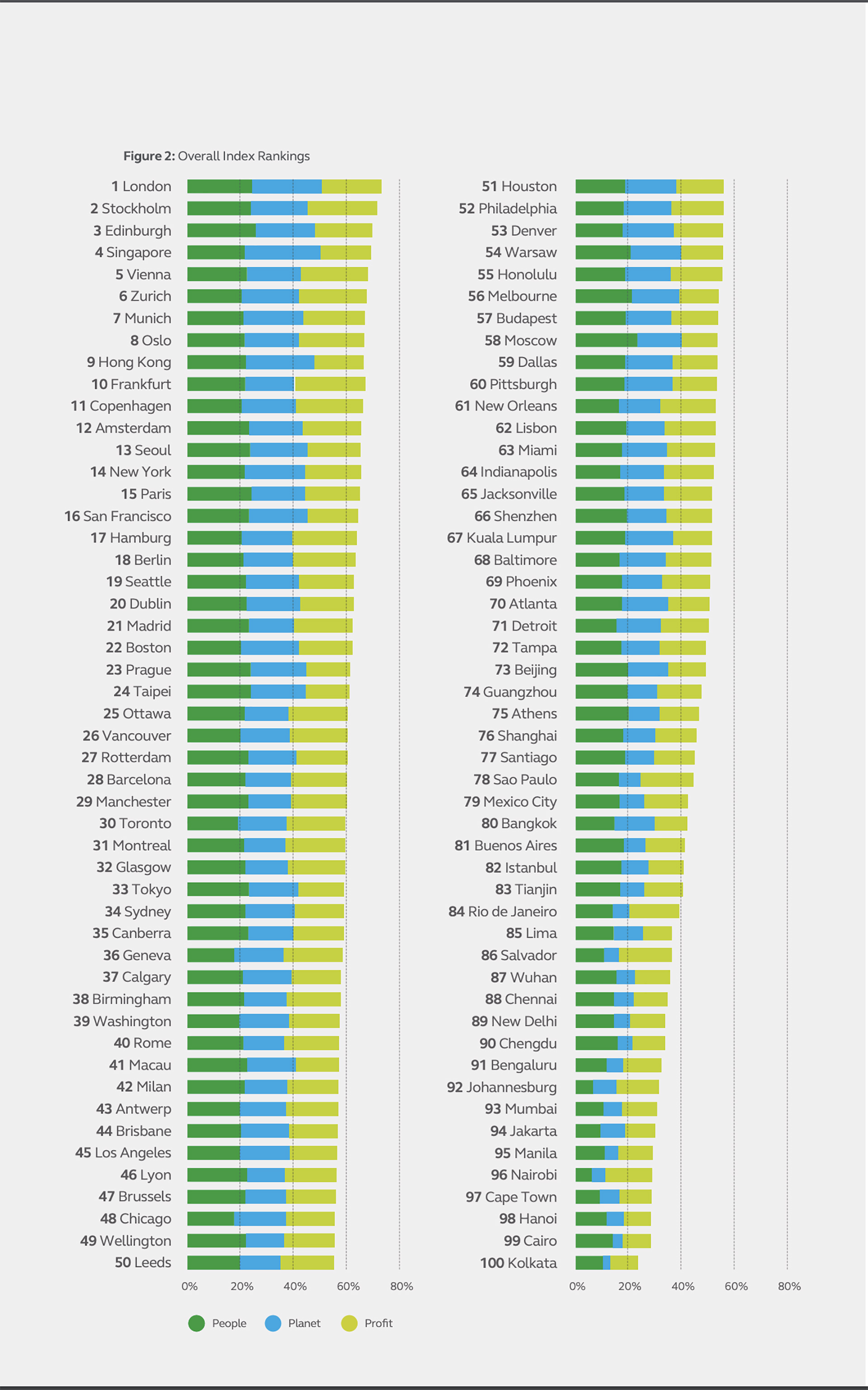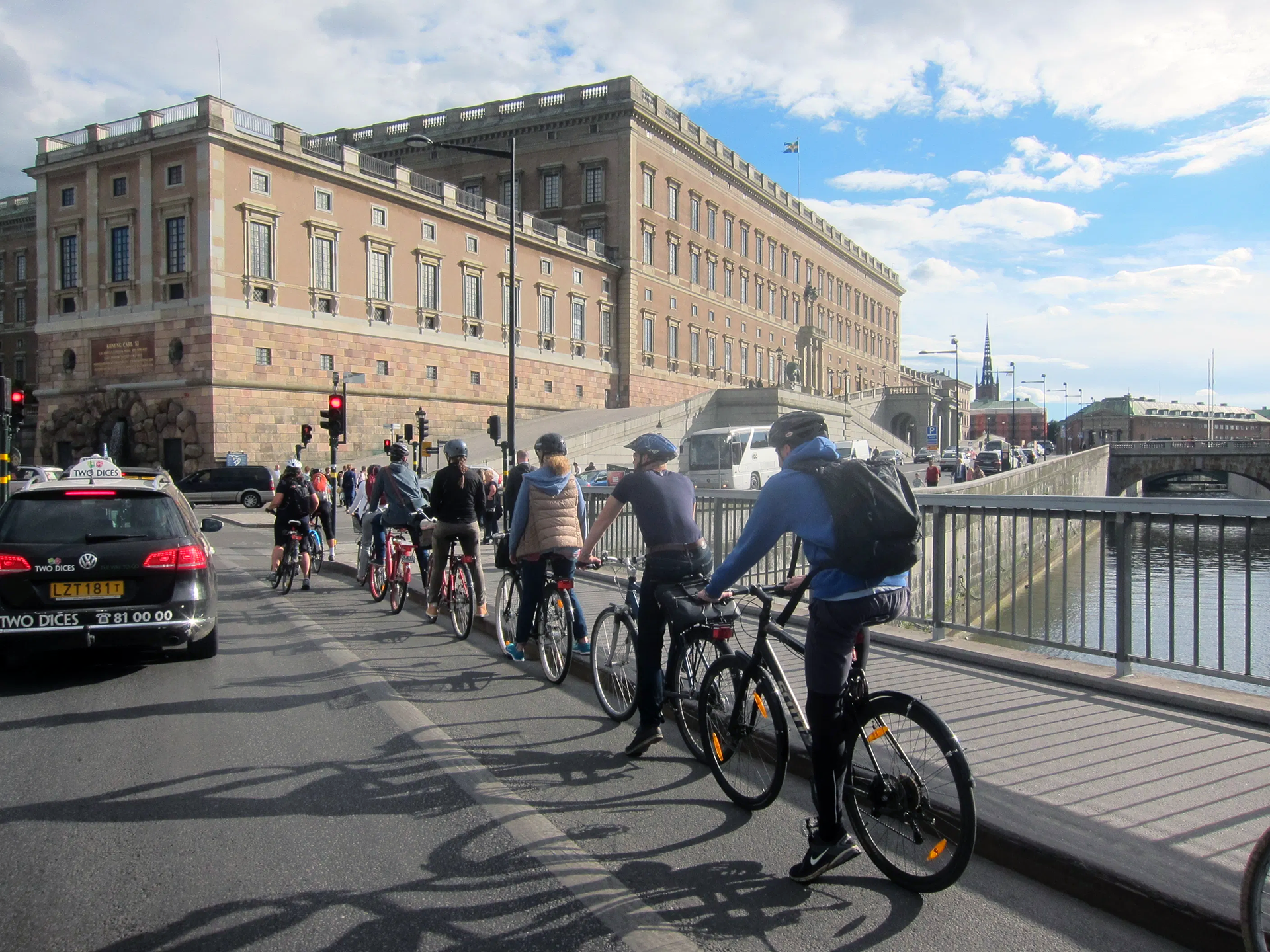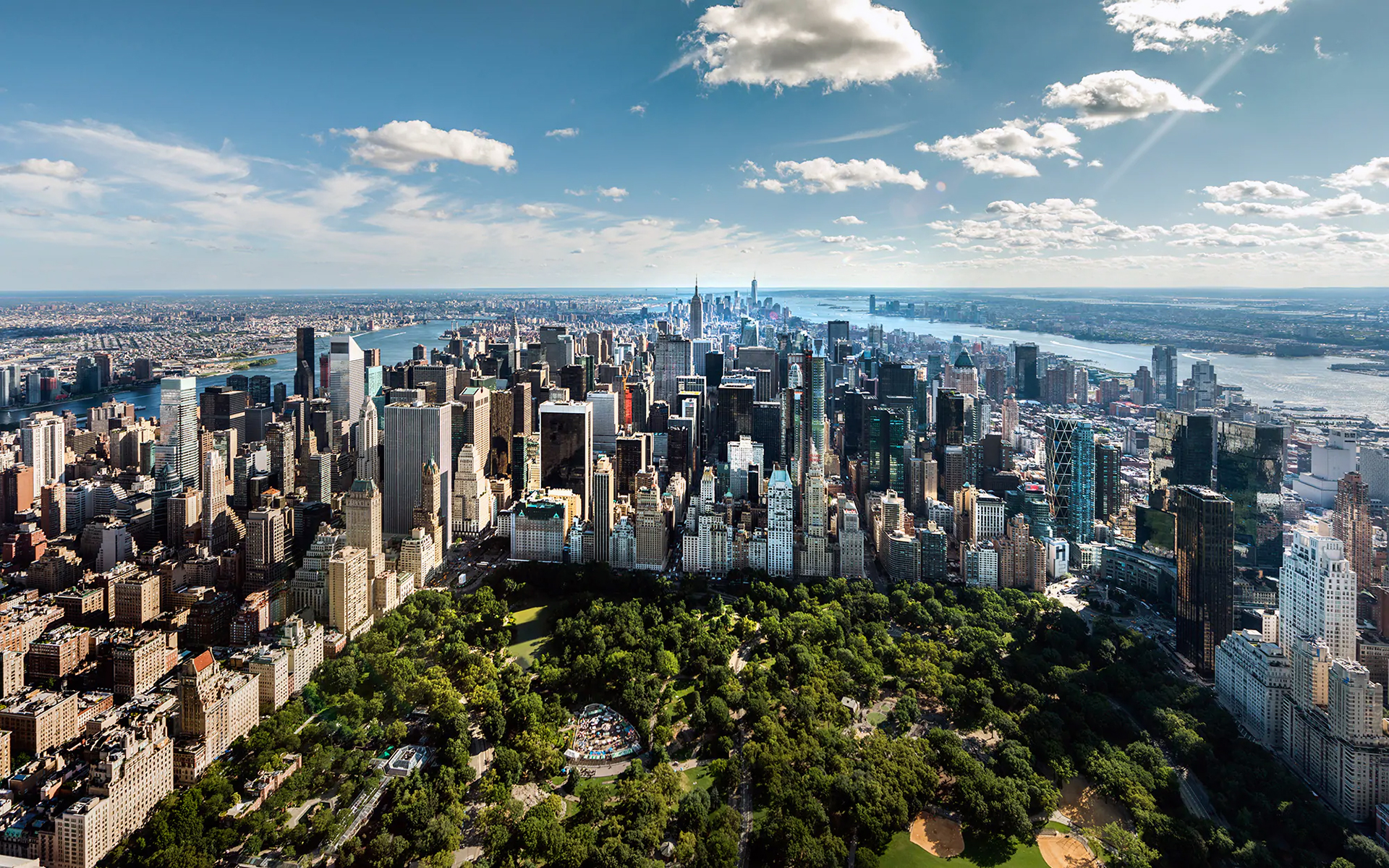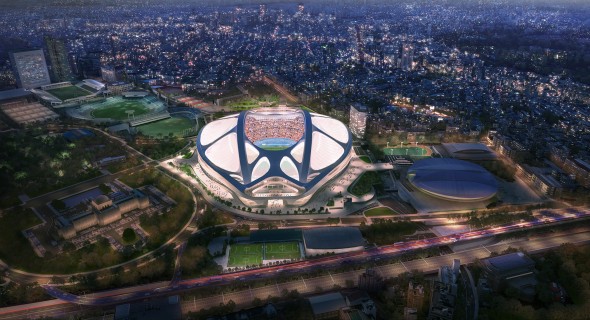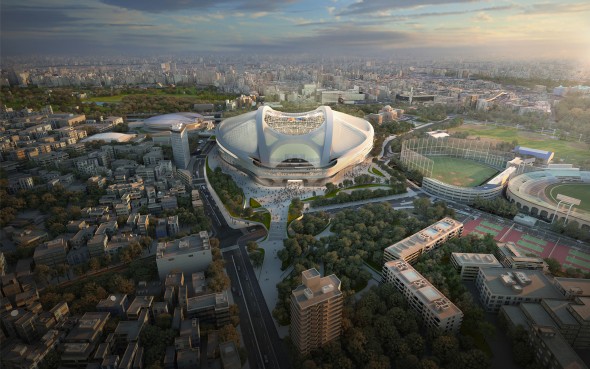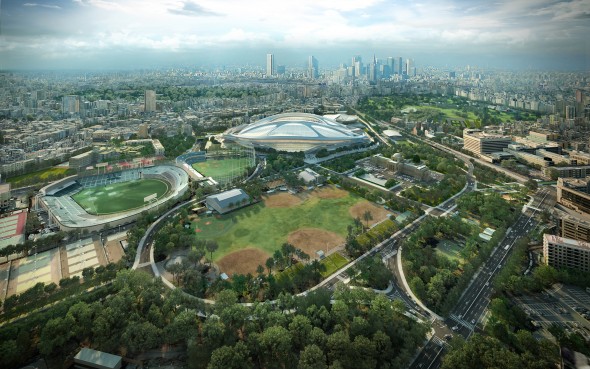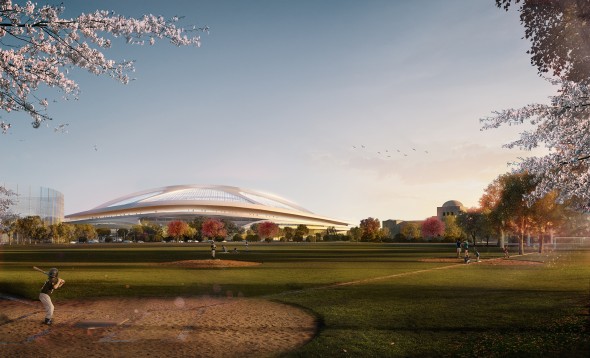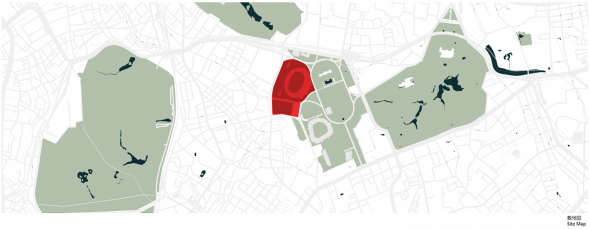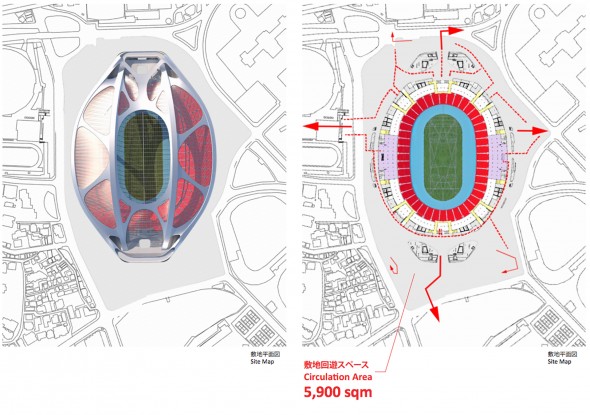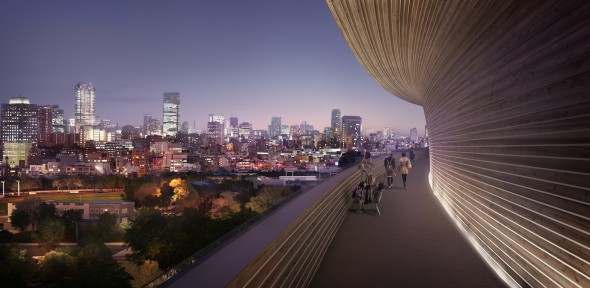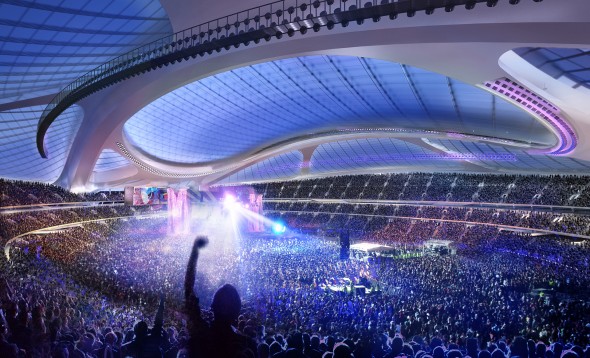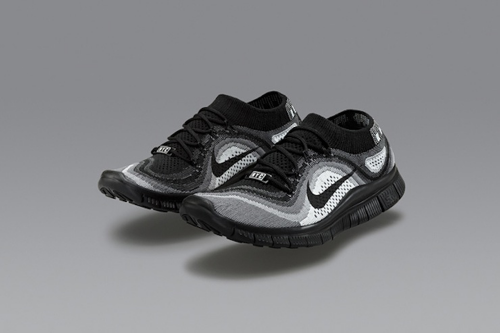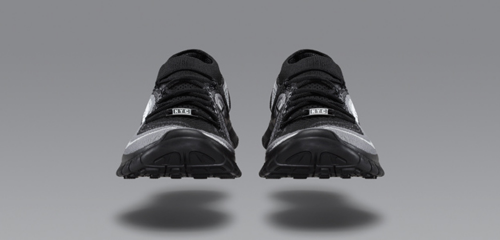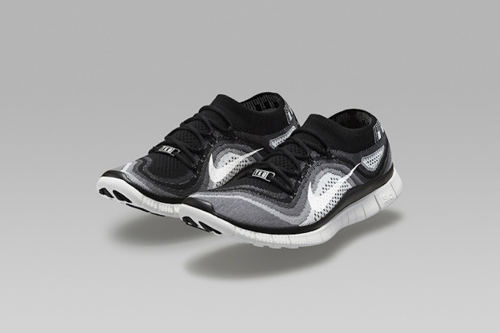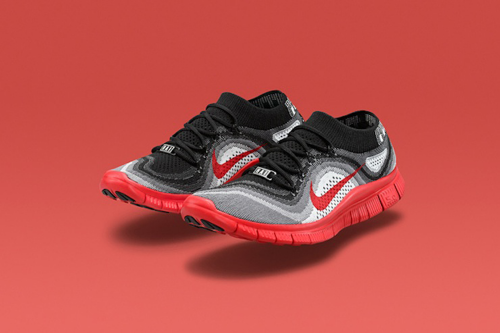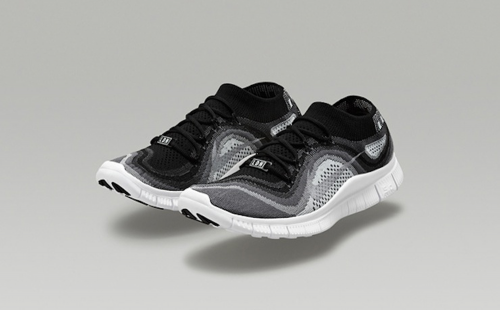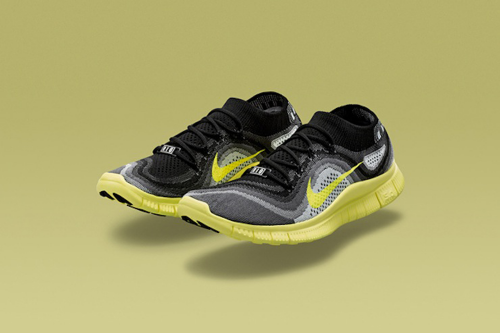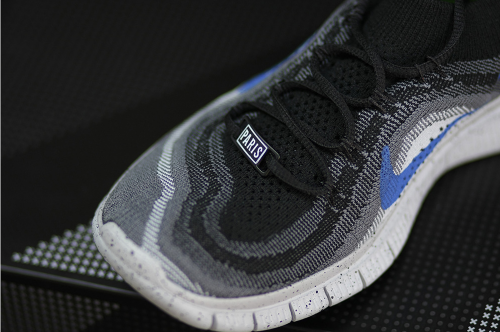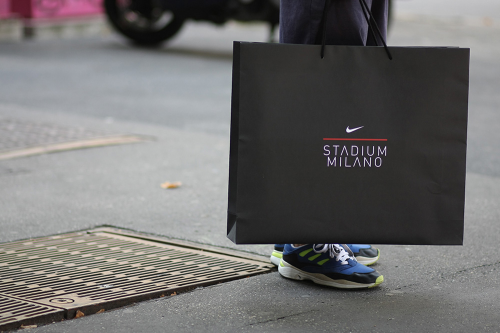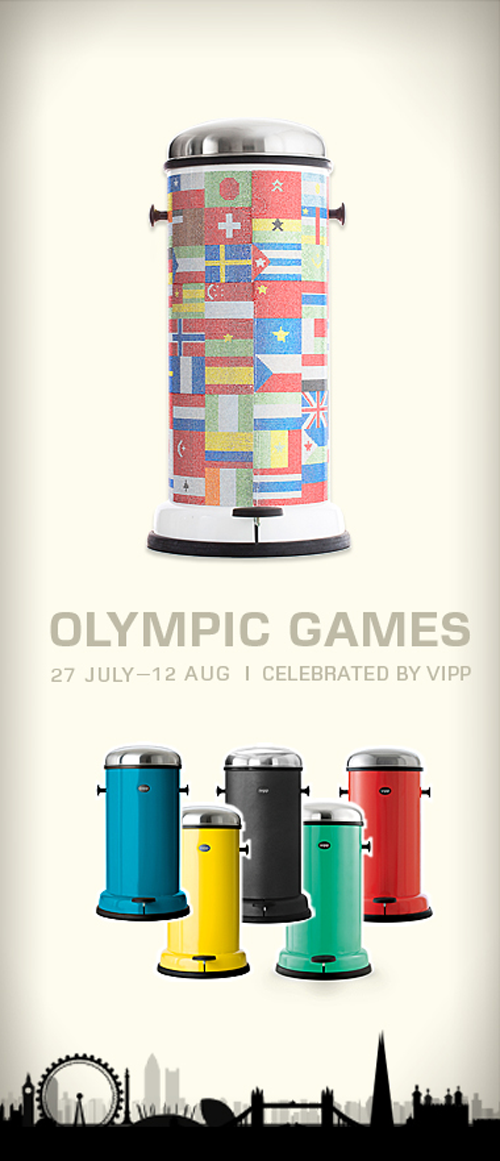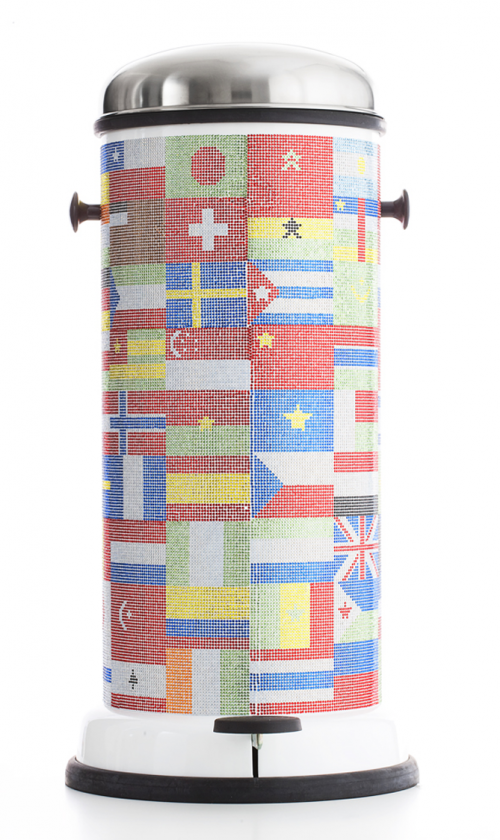
citizen centric cities – the sustainable cities index 2018.
above > london / courtesy arcadis
in many cities, citizens face huge challenges to meet their basic needs of survival, including shelter, access to food, water and warmth. once these are met, the human need for community, managing society and moving from “a to b” take on far greater importance. ~ john batten, global cities director / arcadis global
the 2018 edition of arcadis’ sustainable cities index (sci) explores city sustainability from the perspective of the citizen, to understand in more depth how different cities enable different citizen groups to meet their particular needs. top 100 overall rank below:
100 kolkata, 99 cairo, 98 hanoi, 97 cape town, 96 nairobi, 95 manila, 94 jakarta, 93 mumbai, 92 johannesburg, 91 bengaluru, 90 chengdu, 89 new delhi, 88 chennai, 87 wuhan, 86 salvador, 85 lima, 84 rio de janeiro, 83 tianjin, 82 istanbul, 81 buenos aires, 80 bangkok, 79 mexico city, 78 sao paulo, 77 santiago, 76 shanghai, 75 athens, 74 guangzhou, 73 beijing, 72 tampa, 71 detroit, 70 atlanta, 69 phoenix, 68 baltimore, 67 kuala lumpur, 66 shenzhen, 65 jacksonville, 64 indianapolis, 63 miami, 62 lisbon, 61 new orleans, 60 pittsburgh, 59 dallas, 58 moscow, 57 budapest, 56 melbourne, 55 honolulu, 54 warsaw, 53 denver, 52 philadelphia, 51 houston, 50 leeds, 49 wellington, 48 chicago, 47 brussels 46 lyon, 45 los angeles, 44 brisbane, 43 antwerp, 42 milan, 41 macau, 40 rome, 39 washington, 38 birmingham, 37 calgary, 36 geneva, 35 canberra, 34 sydney, 33 tokyo, 32 glasgow, 31 montreal, 30 toronto, 29 manchester, 28 barcelona, 27 rotterdam, 26 vancouver, 25 ottawa, 24 taipei, 23 prague, 22 boston, 21 madrid, 20 dublin, 19 seattle, 18 berlin, 17 hamburg, 16 san francisco, 15 paris, 14 new york, 13 seoul, 12 amsterdam, 11 copenhagen, 10 frankfurt, 9 hong kong, 8 oslo, 7 munich, 6 zurich, 5 vienna, 4 singapore, 3 edinburgh, 2 stockholm, 1 london
above > (1) largest city by continent > europe, north america, asia, australia, south america, africa, and antarctica.
[ people planet profit ] note, edited for clarity and brevity
the sci ranks 100 global cities on three pillars of sustainability: people (social), planet (environmental) and profit (economic).
performance across the people pillar is relatively consistent across the top 50 cities. edinburgh tops the sub-index. affordability of city life, access to public transport and income inequality are the big swing variables.
there’s a real shortage of housing. that’s why house prices and trending prices are sky high. you pay a lot of money for not a lot of space. ~ kirsten, 27, amsterdam, netherlands
a group of smaller european cities led by stockholm, sit at the top of the planet pillar. determinants of a high ranking include low carbon energy infrastructure and significant green spaces. for the top 10 cities, a leading indicator of investment is in low-carbon infrastructure, all of these cities have made significantly larger investments in including bike sharing and electric vehicle incentives – highlighting the rapid adoption of these solutions in many cities.
the profit pillar measures the economic health of a city, incorporating indicators that reflect the productive capacity of cities today, as well as the presence of infrastructure and regulatory enablers that support growth and prosperity in the present and the future. the profit sub-index highlights the extreme disparities in income. the top of the sub-index is dominated by global financial centers. singapore, london and hong kong head up the list and hold a sizeable lead over new york in 4th place.

above > singapore / courtesy arcadis
london is ranked the world’s most sustainable city in 2018 has high scores in the people and profit pillars. the results highlight that strengths reflected in london’s status can offset challenges associated with affordability and congestion. stockholm, edinburgh, singapore and vienna complete the top five in the index.
new york, san francisco and seattle are the only u.s. cities in the top 20. two additional cities, tokyo and sydney, are lower – ranking high for people, but need to improve in both profit and planet.
although coastal cities including new york and seattle feature in the top 20, most u.s. cities fall in the bottom half of the ranking. u.s. cities tend to score evenly across the three pillars, highlighting that these cities face broad challenges across all pillars to improve their sustainability.
in latin america, santiago, são paulo, mexico city and buenos aires are all tightly clustered at the top of the bottom quartile, typically scoring better in people and planet than in the profit pillar.
kuala lumpur benefits from consistent scores across all pillars and outranks all the cities in china except for shenzhen as well as a number of u.s. and european cities.
low profit performance places major cities across africa and asia are represented in the bottom 10 of the rankings.
[ citizens face huge challenges ]
in many cities, citizens face huge challenges to meet their basic needs of survival, including shelter, access to food, water and warmth. once these are met, the human need for community, managing society and moving from “a to b” take on far greater importance.
cities are powerful engines that bring people together and allow for resource sharing to meet collective needs. our study highlights that emerging needs, such as digital connectivity, are being addressed in cities at all levels of sustainability.
a critical point is that human needs are fundamentally hierarchical in nature. and if certain needs are not met, for example if housing is too expensive, then dissatisfaction will follow. the sci and other studies show that even highly developed cities can struggle to meet the basic needs of their citizens. as a result, the level of peoples’ satisfaction associated with their purpose or well-being are undermined. viewed from a citizen’s perspective, a city that is highly ranked as sustainable but with elevated levels of congestion not meeting accessibility needs, is not truly sustainable.
this points to a series of core challenges for all cities that influence not only how they seek to improve their performance, but also how they prepare for a digitally-driven transformation. it is important to look at how cities maintain services at current levels of performance as they evolve, specifically if they use innovation to ensure that currently recognized needs and wants are met. ~ john batten, global cities director



